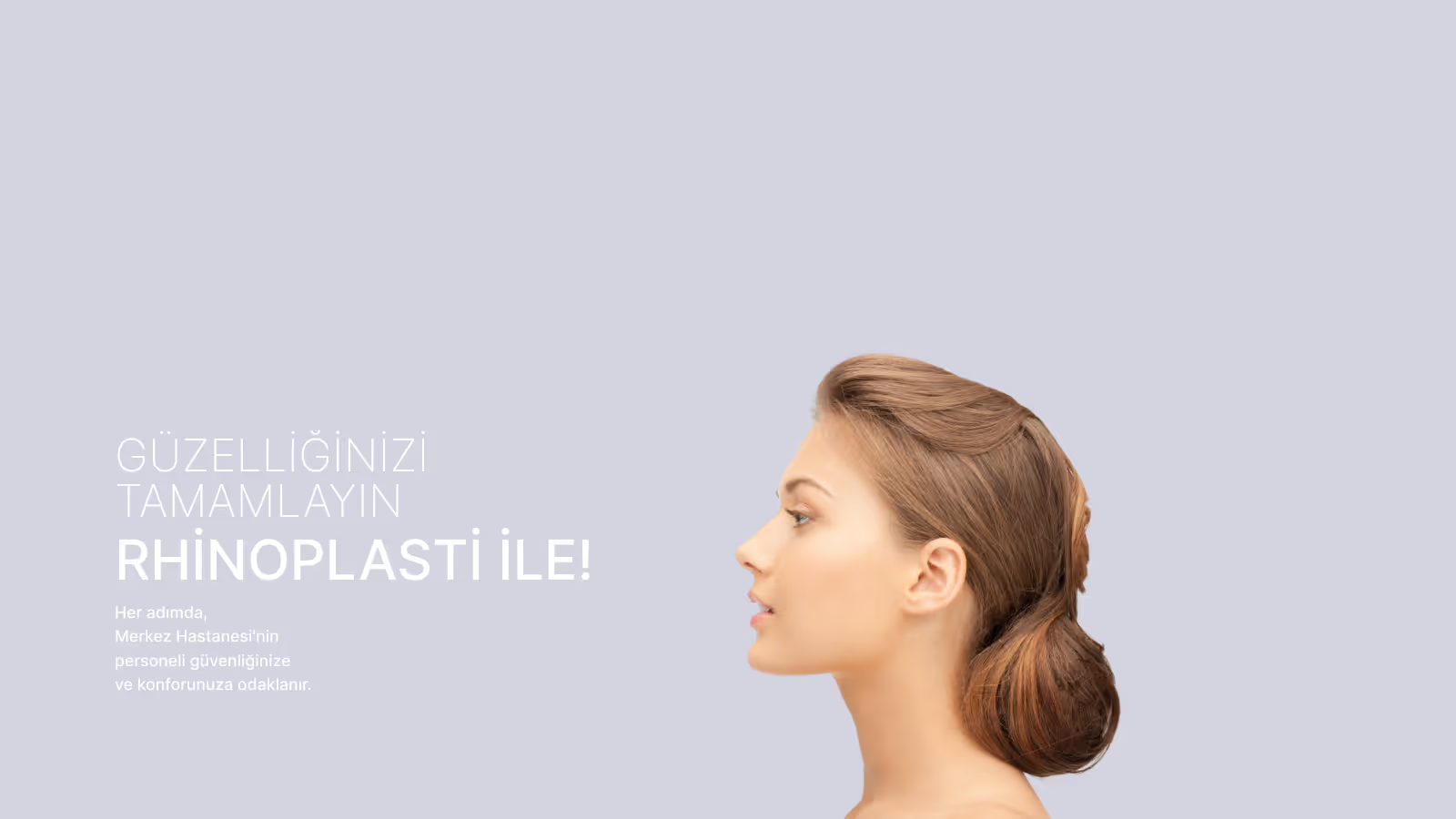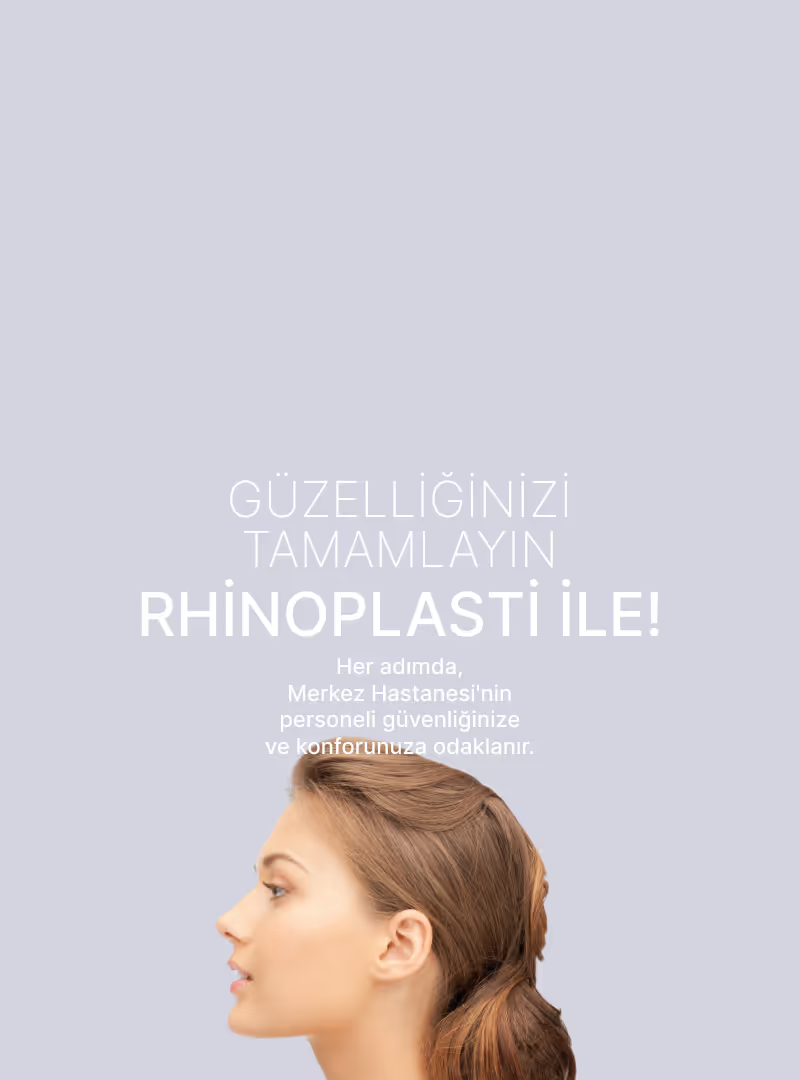Rhinoplasty
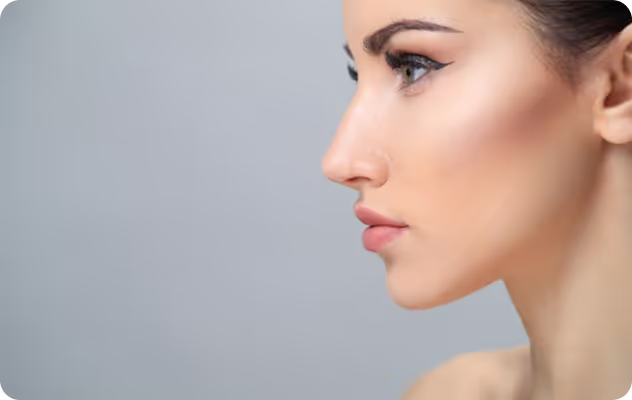
Rhinoplasty
The nose is a multifunctional important organ located in the middle of our face. Our nose, which is the entrance gate of the respiratory tract, is in charge of delivering air to the lungs in sufficient quantities and free from environmental impurities. In addition, the sense of smell is also caused by the nose.
Along with all these functions, it is one of the organs for which surgical intervention is most often performed for aesthetic purposes. Wherefore rhinoplasty, that is, rhinoplasty is at the forefront as the most popular aesthetic surgical procedure.
Primary rhinoplasty thanks to it, visual problems in the nose are eliminated, while at the same time internal congestion, which leads to difficulty breathing, is corrected. In patients presenting only with complaints of nasal congestion, standard breathing operations may not be enough and rhinoplasty may be required.
Is there an age limit for primary rhinoplasty?

Is there an age limit for primary rhinoplasty?
Primary rhinoplasty should be performed after puberty is completed. The nose should be expected to complete its physical development and the person to reach spiritual maturity. If there is a pronounced disorder of both the internal and external structure, this operation can be performed in girls at the earliest 15-16 years, and in boys at the age of 17-18 years.
Who is Primary Rhinoplasty Applied to?

Who is Primary Rhinoplasty Applied to?
Structural disorders in the nose, one of the most noticeable organs of the face, can lead to significant health problems, as well as negatively affect one's social and psychological life. Anyone who has breathing problems with the nose and is dissatisfied with its aesthetic appearance can be a candidate for rhinoplasty.
Preliminary examination is very important when deciding on surgery, and the patient must clearly express their expectations regarding the operation. That is, the person should define well what kind of nose they want to have before having a rhinoplasty and tell it best to their doctor. As a result of these evaluations, conditions can be identified that may interfere with the operation and there may also be a case of failure to perform the operation.
How Long Does the Healing Process Take?

How Long Does the Healing Process Take?
Within ten days after surgery, you can easily return to your business life. Edema due to the operation begins to subside from the second week. On the other hand, it may take a little longer for the external swelling to come down completely.
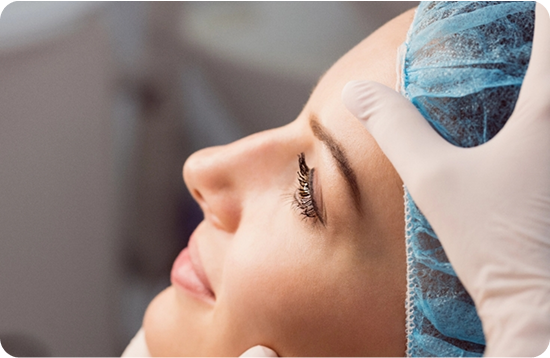
Revision Rhinoplasty
This surgical intervention, performed on people who have previously had rhinoplasty, is done with the aim of correcting the result of the aesthetic procedure or relieving breathing difficulties that have reappeared. It includes several stages, when it is performed to correct the aesthetic appearance. Deformities due to excess tissue removal are usually repaired with tissue grafts taken from the ear or rib area.
Who is Revision Rhinoplasty Applied to?
Revision rhinoplasty is applied to people who have undergone one or more rhinoplasty but have not achieved the desired nose shape or whose nose shape has been distorted due to reasons such as a blow. The goal is both to correct the aesthetic appearance and to eliminate breathing problems.
When Can Revision Rhinoplasty Be Done At The Earliest?
At least in order for the first rhinoplasty surgery to be fully seated and the correct intervention points for revision can be determined one year should be expected.
Revision When to Return to Social Life After Rhinoplasty?
Approximately after revision rhinoplasty Within 10 to 14 days can be returned to work and social life. Physical activities such as nose blowing and heavy lifting should be avoided for the first 48 hours after surgery. About three weeks after the operation, the swelling subsides and the nose begins to take on its final appearance.
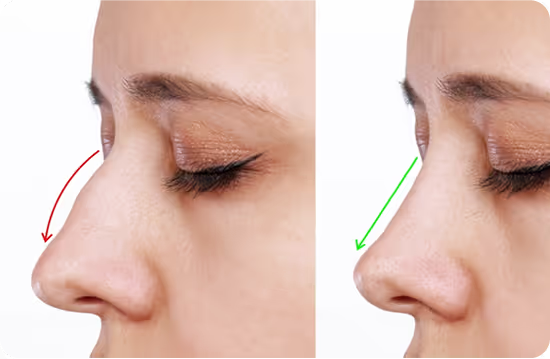
Ethnic Rhinoplasty
Ethnic rhinoplasty is rhinoplasty surgery performed for people with different and distinct nasal structures, such as Caucasian, African, Middle Eastern, Asian and Latino individuals. This surgery requires an ethnically specific, individualized approach.
Usually, nasal augmentation and cartilage augmentation are performed in patients of Asian and African origin, and nasal reduction procedures are performed in patients of Caucasian origin. Ethnic rhinoplasty is performed under general anesthesia, and the operation is average 3 to 4 hours lasts.
How is ethnic rhinoplasty performed?
Ethnic rhinoplasty, similar to other rhinoplasty surgeries, is performed by removing or reshaping cartilage and bones under the skin. Techniques such as raising the back of the nose, lengthening the tip of the nose and narrowing of the nostril entrances can be applied.
What is the Process Before and After Ethnic Rhinoplasty?
In our clinic, before ethnic nose surgery, a blood sample is taken from the patient and the state of health is analyzed, including an ECG. According to the result of this analysis, the suitability for aesthetic surgery is evaluated and it is decided which technique to use. The postoperative process, on the other hand, is planned according to the method applied.

Nose Tip Aesthetics (Type Rhinoplasty)
The tip of the nose is an important area that directly affects the aesthetic appearance of a nose. Nose tip aesthetics include steps such as ensuring nostril evenness, reducing the width of the tip of the nose, removing the sagging tip of the nose, or aestheticizing the tip of the nose that appears to be tightened with a clothespin.
In this way, complaints such as the nostrils appearing too much or the tip of the nose being excessively long can be eliminated. In these operations, the bone is not touched, only the cartilage and soft tissue at the tip of the nose are treated.
In What Cases Do Nose Tip Aesthetics Need?
Conditions such as open-mouth sleeping, nasal congestion, snoring, low exercise capacity, a feeling of dryness and stickiness in the throat may require nose tip aesthetics. Such problems especially negatively affect the quality of sleep, and patients often wake up tired in the morning.
Transformed Lives
Discover the results and experiences of our patients in their treatment processes.
What do our patients say?
Discover the results and experiences of our patients in their treatment processes.
Why is Turkey so popular in medical tourism?
Turkey; with infrastructure facilities, successful doctors and comprehensive treatment facilities one of the leading healthcare countries in the world. Among the main reasons why it stands out in health tourism, JCI approved and easy access to highly equipped hospitals included.In addition to all these advantages, Competitive Prices and at the same time being a tourist country Thanks to this, Turkey is one of the first choices of individuals who want to undergo the treatment process in another country.



Easy Transportation
Holiday Opportunity
Shopping Option
First-Class Hospitals
Your Roadmap
Once you have shared your necessary medical reports with us and our doctor has planned your treatment accordingly, our patient representative will make your appointment on your behalf and perform your procedures. After that, he will contact you and inform you of the appointment date and time, as well as other necessary information.

Online Application
Please fill out the form. We will contact you as soon as possible.

Get Your Quote
Get a cost estimate on treatment, accommodations, aftercare services, and more.

Get Your Treatment Plan
Central Hospital experts will arrange all bookings and keep you informed.

24/7 Support
We provide all follow-up procedures throughout the recovery process of our patients.
Why Central Hospital?
Central Hospital has been serving continuously since 1994 in Kozyatagi, one of the central points of Istanbul, with 6,500 square meters of indoor space and about 400 medical personnel.
The following procedures take place approximately per year in our hospital:
200,000 outpatient admissions
10,000 inpatient treatments
6,000 surgeries
Approximately 1,500—2,000 births
Hosted over 500,000 guests
Central Hospital provides services with a capacity of 51 beds, 5 operating rooms where open and closed (laparoscopic) operations can be performed, adult intensive care unit, neonatal intensive care unit and modern delivery rooms. Closely following medical technology, Central Hospital is renewing and expanding its device department every day.
Our hospital has a structure that focuses on patient safety and patient satisfaction. Our hospital, which implements the Quality Management System of the Ministry of Health, has Group A status within the scope of the Ministry of Health Quality Standards. It received 92.92 points from the Quality Standards audit conducted by the Ministry of Health in 2020.
Within Central Hospital, in order to ensure international patient coordination and promote our hospital abroad Department of International Patient Services was established. Our staff on duty in this unit; language support, visa procedures, international insurance services and counselling We offer comprehensive support to our guests in such matters.
FAQS
We have put together frequently asked questions so that we can help you better. You can easily find the information you are looking for below

